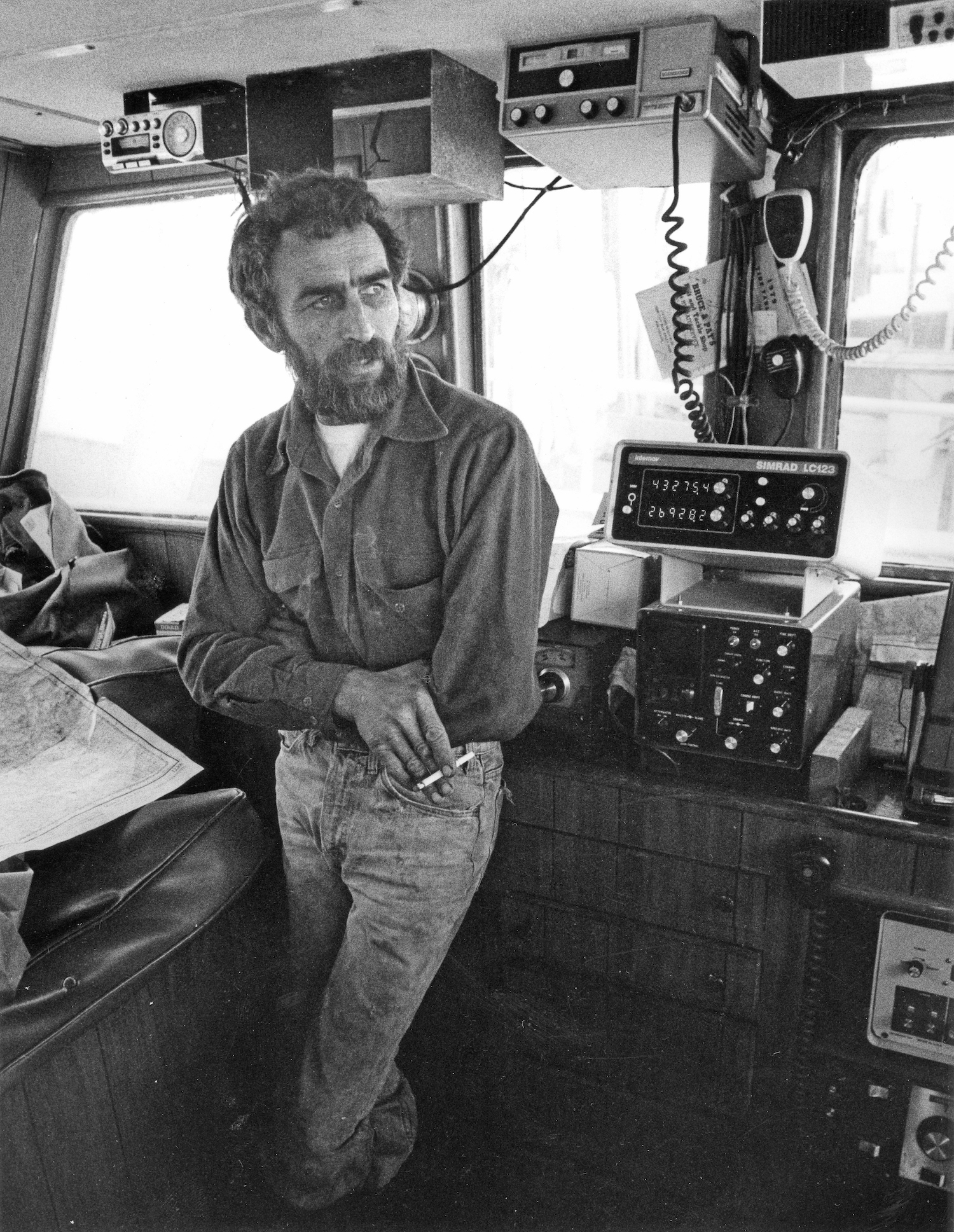Captain Louis Puskas Jr., a fisherman who brought tilefish back to market after a century’s absence and helped establish the modern U.S. longline fishery, passed away Sept. 2 at his home in Barnegat Light, N.J.
Puskas, a 1988 NF Highliner, figured in propelling the tiny port at the northern tip of Long Beach Island into industry prominence. He lobbied Congress hard to pass the original Fishery Conservation and Management Act with its 200-mile fishery conservation zone in 1976, and in 1981 helped organize the American Tuna Action Committee to advocate for U.S. pelagic fishing.
Born in Rocky Hill, N.J., Puskas was introduced to fishing as a child when his father brought him to Barnegat Light, he told filmmaker David Kaltenbach in a 2014 interview.
“He used to take me down here to go fishing from six years old to 15,” said Puskas.
With an influx of Scandinavian fishermen in the early 20th century, New Jersey had pound net fisheries on the beaches and an offshore codfish fishery into the 1960s.
Heavy fishing by foreign distant-water fleets drove down catches and inspired demands for a new 200-mile limit – and indirectly led to Puskas rediscovering the tilefish resource.
In December 1971 Puskas and fellow Barnegat Light fisherman Nelson ‘Hammer’ Beideman prospected along the edge of the Hudson Canyon.
“I went out with Hammer…with the tub gear we used for codfish,” Puskas told Kaltenbach. They returned with 3,000 pounds of tilefish, landing the novel catch at Lighthouse Marina.
Other fishermen picked up the cue, and within a few years advertised Barnegat Light as “the tilefish capital of the world,” returning the fishery to a prominence it once held in the 1880s.
Puskas and captain John Larson bought the Viking Village dock and developed it as a base for longliners and scallop fishermen.
In awarding him the Highliner recognition in 1988, National Fisherman editors wrote how Puskas “anticipated the need for local fishermen to expand their horizons and worked hard to improve conditions and markets.”
Puskas and his crews survived three sinkings: in 1971 when the Gra-Cee II caught fire and sank, in 1976 when the Gra-Cee III sank in Barnegat Inlet and was salvaged, and again in 1983 when the Gra-Cee III sank 110 miles offshore and the crew escaped in a new life raft. Puskas then fished for many years on his boat Olympic Javelin.
“I thrive on disasters,” Puskas told an Asbury Park Press reporter in 1986.
Puskas is survived by his wife, Frances "Fran" Puskas (nee Hansen) his three sons; John, Paul, and Matthew, his sister, Linda Jane Richardson, his twelve grandchildren, and his ten great grandchildren. He is also survived by his many cousins, nieces, nephews and many, many friends.
Visiting will be held on Wednesday, Sept. 9 from 3 p.m. to 9 p.m. at Viking Village, located at 1801 Bayview Ave. in Barnegat Light, N.J. 08006. Funeral services and interment will be held privately. Maxwell-Tobie Funeral Home, Manahawkin, N.J. is in charge of arrangements.
In lieu of flowers, the family asks that a donation may be made in his memory to the Barnegat Light First Aid Squad, the Barnegat Light Volunteer Fire Company or St. Francis of Assisi Church, Brant Beach, N.J.







